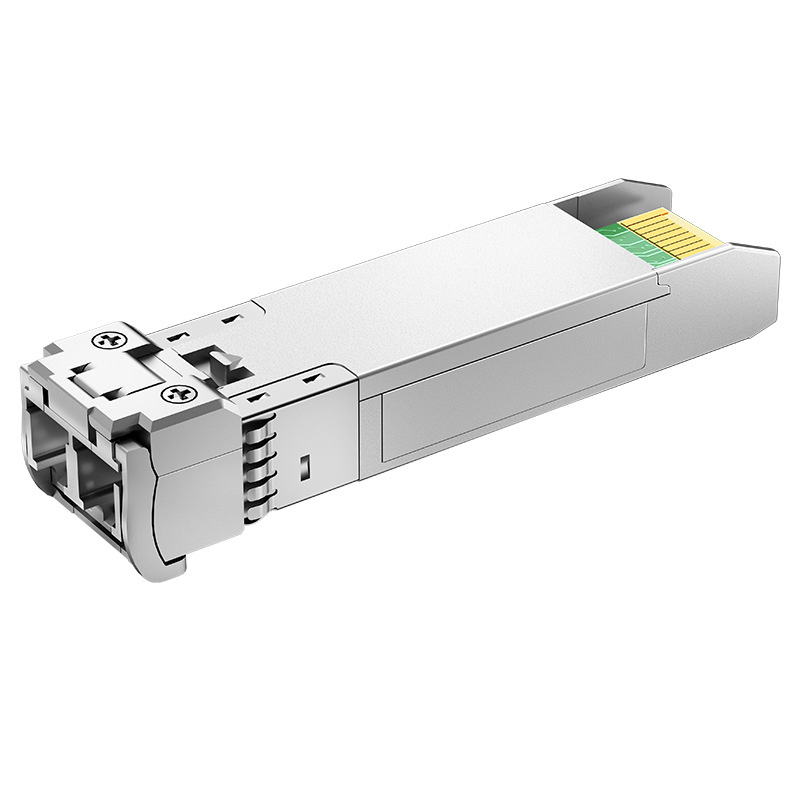08
2025
-
07
Can an RJ45 Ethernet Jack work without a transformer?
Author:
1. Ethernet standards mandate
2. The core function of the transformer is irreplaceable.
- Electrical isolation : Isolates the internal circuit of the device from the ground potential difference of the external network cable (such as the common-mode voltage generated when the grounding voltages of different devices are different), preventing electrostatic discharge, lightning strikes, and power grid fluctuations from directly damaging the PHY chip (physical layer chip).
- Anti-interference and signal purification : Suppresses common-mode noise during transmission (such as electromagnetic interference EMI), ensuring stable transmission of differential signals, especially crucial over long distances (more than 1 meter) or in complex electromagnetic environments.
- Impedance matching : Matches the impedance of the network cable (typical impedance 100Ω) with the output impedance of the PHY chip, reducing signal reflection, avoiding signal attenuation or distortion, and ensuring normal transmission at rates such as 10/100/1000Mbps.
3. Serious risks of omitting the transformer
- Equipment is easily damaged : External electrostatic discharge, lightning strikes, or ground potential differences can directly destroy core components such as the PHY chip, with almost no protection.
- Signal is extremely unstable : Lack of anti-interference and impedance matching; electromagnetic interference (such as nearby motors, high-frequency equipment) can cause packet loss, rate drops, or even complete disconnection.
- Compatibility failure : Non-standard interfaces cannot communicate normally with other compliant devices, nor can they pass CE, FCC, and other certifications, preventing them from entering the market.
4. Are there any exceptions?
Summary
RJ45 connector,RJ45 Ethernet Jack,RJ45 Ethernet Connector,RJ45 Jack
08
2025-07
Can SFP optical modules with wavelengths of 850nm and 1310nm be used interchangeably?
08
2025-07
Can an RJ45 Ethernet Jack work without a transformer?
08
2025-07
What transmission medium does the RJ45 connector connect to?
07
2025-07
10 Gigabit single-mode optical module
07
2025-07
Is a 1.25g optical module a Gigabit module?
03
2025-07
Differences in RJ45 connector models
Contact Us
Factory add: NO.54. Jinhu South Road, Chenjiang Town, Zhongkai Hi-tech Zone, Huicheng District, Huizhou city, China
Telephone:0752-2099791
Office add: B901-1, Silver Star Hi-Tech Building, No. 1301 Guanguang Road, Longhua District, Shenzhen, China
Website:www.jiaxunzg.cn
Telephone:0755-81752121
Fax: 0755-81752963
Mailbox:sales1@jiaxunzg.cn
Mailbox:sales2@jiaxunzg.cn
Mailbox:sales3@jiaxunzg.cn
Copyright © 2024 Jiaxun (Huizhou) Intelligent Technology Co., Ltd. Privacy Policy






